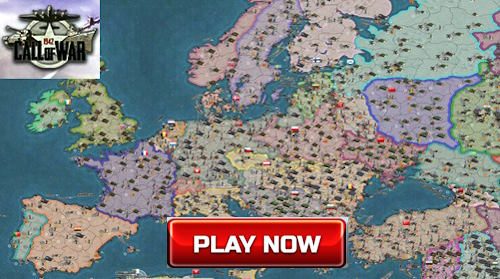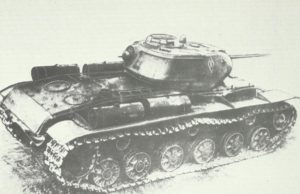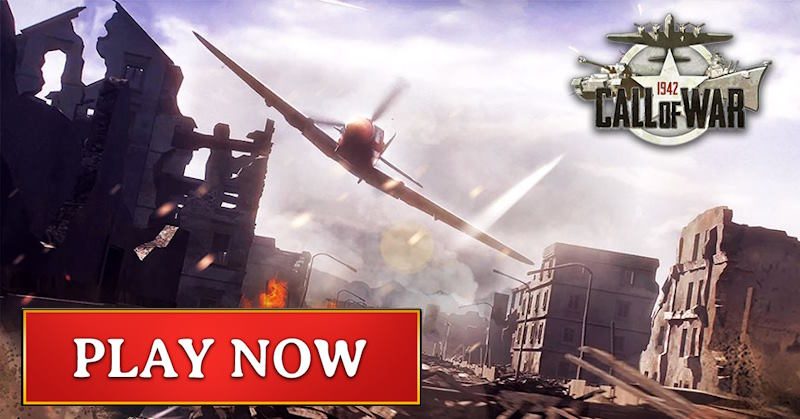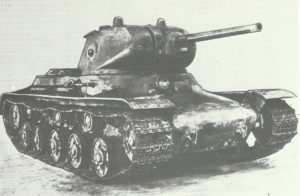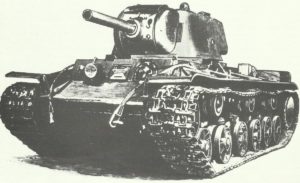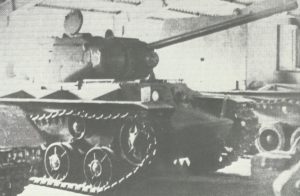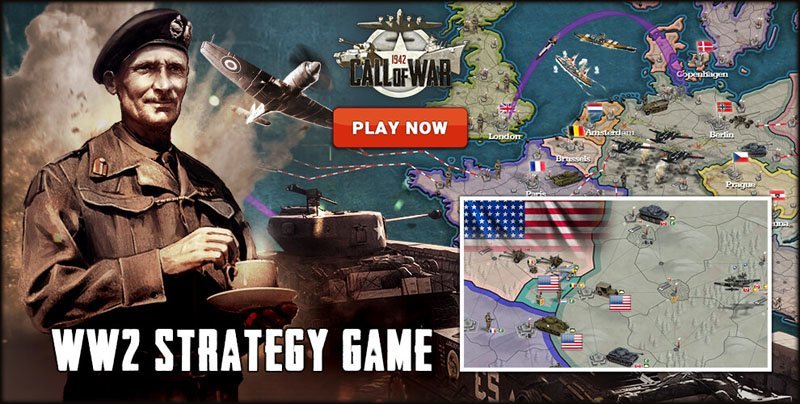From the Soviet heavy tank KV-1 to the Iosef Stalin tank.
History, development, service, specifications, statistics, pictures and 3D model.
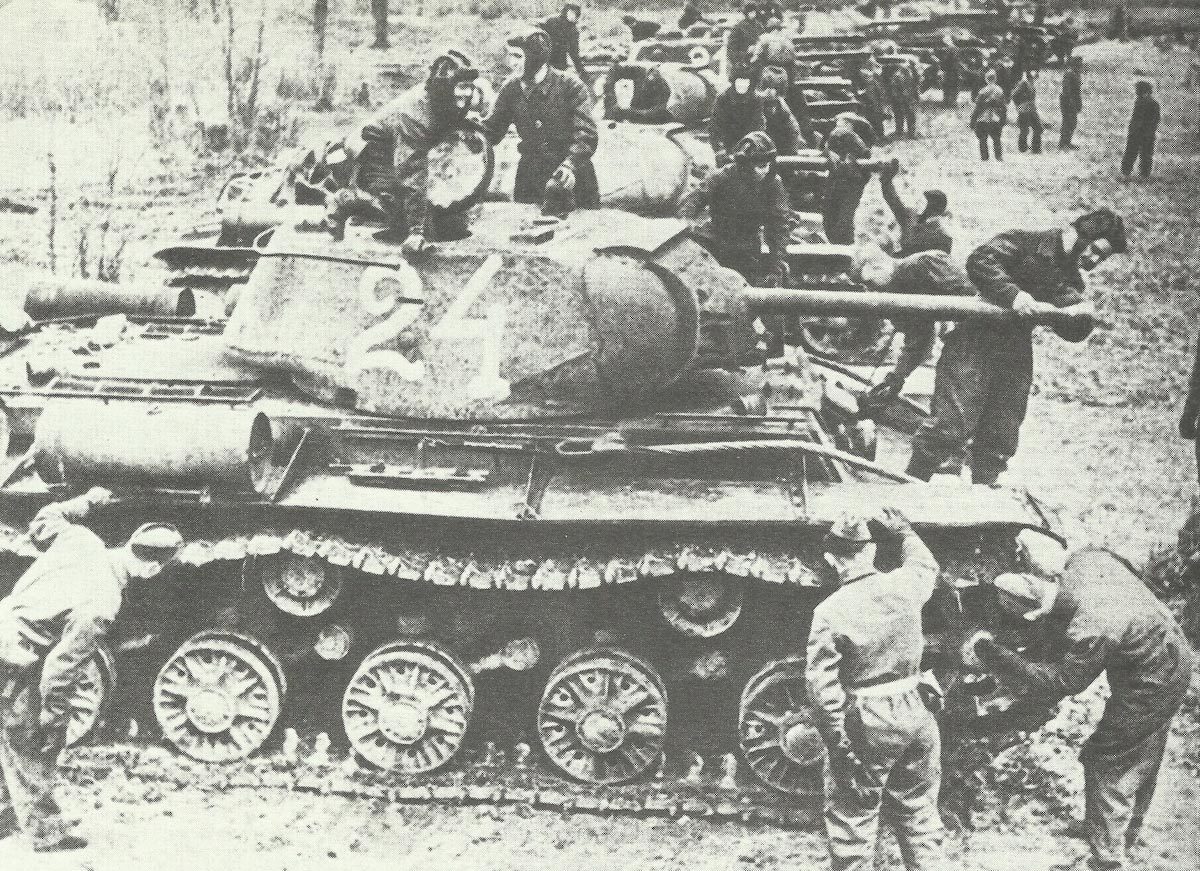

KV-1S, KV-13, KV-85
Table of Contents
KV-1S, KV-13 and KV-85.
Type: heavy battle tank.
Problems with the KV-1
After the Wehrmacht had already begun in 1942 to improve the armament and armour of its previous main tank models Panzer III and Panzer IV and to introduce the new 7.5cm Pak 40 widely to the Eastern front, the Russians were aware that the German new heavy Tiger tanks and Panzer V Panthers would also appear in the foreseeable future.
Therefore, the Russians saw themselves forced to put their so far exclusive attention from the simplification of the mass production of the past tank models on an improvement of the quality.
The vehicle that needed the most attention was clearly the heavy KV tank. Since the reconstruction of the relocated Kirovskiy plant in Chelyabinsk, the Kotin Development Office, called TsKB-2 (Central Development Office 2), had introduced a number of modest improvements to the KV-1.
Under the assumption that one cannot have enough of the best, the new KV-1 model 1942 had an even thicker armor on the hull and turret than the previous KV-1 model 1941.
The new version reinforced the hull armor from 75 mm to 90 mm and a new cast turret was designed which had a frontal armor of 120 mm.
The KV-1 model 1942 was built in two forms: with the earlier thick welded turret, and with the latest type of thicker cast turret. It was almost identical in appearance to earlier models, the only noticeable exterior change was the angled overhang on the back, which was round on the 1941 model.
However, the added armor made the 1942 KV-1 even slower and less drivable than the previous versions. With the advent of the new German long-tube, armor-piercing 75 mm guns and the new shells, even this thicker armor was vulnerable to the new generation of tank guns and anti-tank guns on the battlefield.
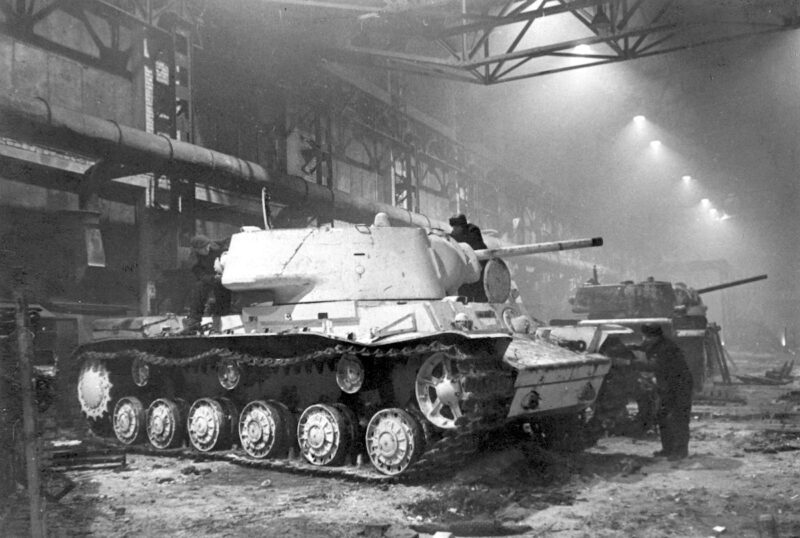
This forced the Soviet High Command already in summer 1942 to remove the KV tanks from the tank brigades and to use them in independent regiments to support the infantry, where their low speed and mobility did not hinder the T-34‘s operations.
Therefore, the chief engineer of TsKB-2, N Dukhow, was commissioned to redesign the KV tank under highly contradictory aspects.
The original KV-3 project would have clearly met the needs of the Soviet High Command, because it would have restored the reasonable situation that a heavy tank was usually better armed in all armed forces than the standard medium tank. In addition, the KV-3 was better motorized and would be more mobile than the current KV-1.
But the introduction of the KV-3 would also have required the opening of new production facilities for its engines, gun and associated ammunition. However, this was clearly unacceptable to the Russians, as in the summer of 1942 they hardly managed to produce more tanks than were lost on the battlefields.
KV-1S
Since neither the new engine nor the new gun were acceptable alternatives, Duhkow was forced to improve the mobility of the KV tank by reducing the armor back to the level of the KV-1 model 1941.
At the same time, however, Dukhow made much-needed improvements to the turret design of the KV-1. While the KV-1 had a turret crew of three, but the third member only filled the archaic role of the rear turret machine gunner, the commander was overloaded with the additional task of the loader of the gun.
The situation with the KV-1 was indeed much worse than with the T-34 tank, because the commander of the heavy tank did not even have access to an immediate turret hatch, which was located above the rear gunner instead. So it was impossible for him to direct the action of the KV-1 from an open turret hatch, as it was usual with the German tank commanders.
With the KV-3 Object 222 this problem was solved, but just like with the Object 220 this was not taken over with the KV series model so far.
This new KV-1S also received the urgently needed power transmission improvements and went into production in August 1942.
However, the Red Army still had a heavy tank that was slower than the T-34, 150 percent more expensive to produce, but armed with the same gun and as sensitive to the increasing number of German 75 mm guns as their standard medium tank.
The mood of the tank crews was summarized by General ME Katukov, who commanded the Soviet 1st Guard Tank Brigade: ‘The T-34 fulfills our hopes and has proven itself. But the heavy KV tank … The soldiers don’t like it. It is very heavy, unwieldy and immovable. It overcomes obstacles only with great difficulty. It often damages bridges and is more often involved in other accidents. And above all, it is armed with the same 76 mm gun as the T-34. This raises the question to what extent is it superior to the T-34 ? If the KV had a stronger gun or of a larger caliber, then it might be possible to excuse its weight and other shortcomings.’
As a result of these views, Stalin decided in the summer of 1943 to completely discontinue the production of heavy tanks. But the KV development office and Malyshev of the NKTP convinced him that the KV-1S at least alleviated the speed problem and the removal of the KV tank would drastically affect tank production at a crucial moment. Stalin withdrew his demands, but Kotin realized that a major overhaul of the KV-1 would be necessary if the heavy tank concept was to survive.
KV-85
The most serious restriction on the design of the KV-13 was the NKTP’s insistence on keeping the actually outdated 76.2 mm F-34 tank gun as the standard armament of Russian tanks.
The first appearance of the Tiger tank before Leningrad and the use of numerous Tigers during the winter battles around Kharkov finally forced the NKTP to wake up from its complacency. It was clear that the 76.2 mm gun as standard armament for all medium and heavy tanks as well as the mechanized artillery was about to become inadequate.
What was needed was a new, long gun like the German 88 mm gun. Both the Grabin and Petrow development offices were asked to develop new 85 mm cannons that would use the ammunition from the existing 85 mm anti-aircraft gun.
Before these became available, the NKTP commissioned the development offices to explore other options. Morozov’s team recognized that the 57 mm ZiS-2 anti-tank gun had better armor-piercing performance than the 76.2 mm F-34 anti-tank gun.
The 76.2mm BP-350P armor-piercing ammunition could penetrate 94 mm armor at 550 yards (500 meters), while the 57 mm BP751P armor-piercing ammunition could penetrate 140 mm at the same distance.
First the ZiS-2 was built into a T-34, but the replacement of the guns meant that the tank would lose the excellent explosive power of the 76.2 mm gun.
Contrary to popular belief that tanks should mainly fight other tanks, this is by no means the case. A tank has a lot of targets to fight and enemy tanks are still the rarest among them. And for all these other targets, shells with a large explosion effect are the most important.
Therefore, the use of the ZiS-2 cannon was out of the question.
During the Battle of Kursk in the summer of 1943, Kotin’s design office developed several versions of the new KV-13, experimented with new wheel suspensions, hull designs and turrets.
Therefore, a new tank design based on the KV-13 was developed. As Stalin’s friend K Voroshilov, after whom the KV tank had been named, had fallen out of favor in the meantime, the new tank was named IS-1 or IS-85 (for Iosef Stalin).
This tank received the 85-mm gun and was similarly thickly armored as the KV-1 model 1942. However, the revised hull and turret and the installation of a new power transmission made it possible that the IS-1 was similarly mobile as the lighter KV-1S.
The prototype was presented to Stalin in August 1943 and immediately attracted a lot of attention. But since it would take some time until the production of the Iosef Stalin tank could start, there were some concerns about the armament in the meantime. As before with the KV-1, the IS-1 was armed only with the same guns as the new medium standard tank T-34-85.
In order to bridge the time until the start of production of the Iosef Stalin tank, the Kirovskiy plants were ordered to build a limited number of KV-1S with the better armored turret of IS-1 as KV-85.
In September and October 1943 130 KV-85 were produced.
Subsequently, after a substantial change, the production of the Iosef Stalin tank began.
User: Russia (Red Army of the Soviet Union).

Animated 3D model heavy tank KV-1S
Specifications KV-1S, KV-3 (Object 220), KV-1-85
Specifications:
Specification | KV-1S | KV-3 (Object 220) | KV-1-85 |
|---|---|---|---|
Type | heavy battle tank | ||
Antrieb | Model V-2-K diesel; 600 hp at 2,000 RPM | V-2PUN 850 hp | Model V-2-K |
Gearbox | ? | ||
Crew | 5 | 5 | 4 |
Turret crew | 3 | 3 | 3 |
Length (over all) | 22.31ft (6.80m) | 27.56ft (8.40m) | 28.22ft (8.60m) |
Width | 10.66ft (3.25m) | = | = |
Height | 8.66ft (2.64m) | 10.17ft (3.10m) | 9.51ft (2.90m) |
Weight | 42.5 tonnes | 63 tonnes | 46 tonnes |
Road Speed | 28 mph (45 km/hr) | 20.5 mph (33 km/hr) | 25 mph (40 km/hr) |
Cross-country speed | ? | ? | ? |
Fuel consumption per 100 km | 390 liters | 240 liters | 390 liters |
Fuel capacity | 975 liters | 600 liters | 975 liters |
Road radius | 155 miles (250 km) | = | = |
Cross-country radius | 100 miles (160 km) | 112 miles (180 km) | = |
Vertical obstacle | 47.2in (1.20m) | ? | 47.2in (1.20m) |
Trench crossing | 110in (2.80m) | ? | 110in (2.80m) |
Fording depth | ? | ? | ? |
Turning circle | ? | ? | ? |
Climbing power | 36° | ? | 36° |
Armor:
mm | KV-1S | KV-3 (Object 220) | KV-1-85 |
|---|---|---|---|
Turret front | 82 | 100 | 160 |
Turret side | 82 | 75 | 110 |
Turret rear | 82 | 75 | 100 |
Turret top | 30 | 35 | 30 |
Hull front | 75 | 100 | 75 |
Hull side | 60 | 75 | 60 |
Hull rear | 40-75 | 60-75 | 40-75 |
Hull top | 30 | 30 | 30 |
Hull bottom | 40 | 40 | 40 |
Gun mantles | ? | ? | ? |
Armament and Equipment:
Figures | KV-1S | KV-3 (Object 220) | KV-1-85 |
|---|---|---|---|
Main armament | 76.2mm ZiS-5 | 85mm F-39 | 85mm D-5T |
Rounds | 114 | ? | 70 |
Traverse | 360° | 360° | 360° |
Elevation | ? | ? | ? |
Muzzel velocity APCBC shell | BR-350A: 2,149 ft/sec (655 m/s) | ? | BR-365: 2,598 ft/sec (792 m/s) |
Muzzel velocity DS shell | BR-350P: 3,166 ft/sec (965 m/s) | ? | BR-365P: 3,937 ft/sec (1,200 m/s) |
Muzzel velocity HEAT shell | BR-353A: 1,066 ft/sec (325 m/s) | ? | - |
Muzzel velocity HE shell | F-534: 2,231 ft/sec (680 m/s) | ? | - |
Muzzel velocity HE-fragmentation shell | OF-350: 2,231 ft/sec (680 m/s) | ? | O-365K: 2,598 ft/sec (792 m/s) |
Shell weight APCBC | 13.9lb (6.3 kg) | ? | 20.3lb (9.02 kg) |
Shell weight DS | 6.62lb (3.0 kg) | ? | 10.8lb (4.9 kg) |
Shell weight HEAT | 8.7lb (3.94 kg) | ? | - |
Shell weight HE | 13.75lb (6.23 kg) | ? | - |
Shell weight HE-fragmentation | 13.7lb (6.21 kg) | ? | 20.3lb (9.2 kg) |
Secondary armament | 4x 7.62-mm-DT-MG | 3x 7.62-mm-DT-MG | 3x 7.62-mm-DT-MG |
Radio | 9R (17.4 miles = 28 km) | 71-TK-3 (24.1 miles = 32 km) | 9R (17.4 miles = 28 km) |
Telescopic sight | ? | ? | ? |
Penetration mm at 30° armor plates of the guns and shells:
Range | ZiS-5 (APCBC) | ZiS-5 (DS) | ZiS-5 (HEAT) | 85mm D-5 (APCBC) | 85mm D-5 (DS) |
|---|---|---|---|---|---|
100 meters | ? | ? | c.60mm (75mm/0°) | ? | ? |
500 meters | 56mm (69/0°) | c.74mm (92mm/0°) | c.60mm (75mm/0°) | 103mm (111mm/0°) | c.110mm (138mm/0°) |
1000 meters | 50mm (61mm/0°) | c.48mm (60mm/0°) | c.60mm (75mm/0°) | 94mm (102mm/0°) | c.80mm (100mm/0°) |
1500 meters | 45mm | - | c.60mm (75mm/0°) | 86mm | - |
2000 meters | 40mm | - | c.60mm (75mm/0°) | 77mm | - |
2500 meters | - | - | - | 64mm | - |
Production:
KV-1 | Figures |
|---|---|
Production | KV-1S August 1942 - August 1943, KV-1-85 September and October 1943 |
Service delivery | 1942 |
Price per unit | KV-1S c.150% of T-34 (193.000 Rubels for T-34 Model 1942) |
Total production figure | 1,232 KV-1S and 130 KV-85 |
Service statistics for all KV-1 models:
Year | Available | production | Losses |
|---|---|---|---|
pre 1939 | - | - | - |
1939 | - | - | - |
1940 | - | 141 (102) | - |
1941 | total 508 (June 22) | 1,121 (232) ? | |
1942 | ? | 1,753 + 780 KV-1S ? | |
1943 | ? | 452 KV-1S + 130 KV-85 | ? |
1944 | ? | - | ? |
1945 | ? | - | ? |
Total | - | 4,711 ? |

References and literature
Krieg der Panzer (Piekalkiewicz)
The Encyclopedia of Weapons of World War II (Chris Bishop)
Soviet Tanks and Combat Vehicles of World War Two (Steven J. Zaloga, James Grandsen)
Panzer und andere Kampffahrzeuge von 1916 bis heute (Christopher F. Foss, John F. Milsom, Colonel John Stafford Weeks, Captain Georffrey Tillotson, Richard M. Ogorkiewicz)
Panzerkampfwagen des 1. und 2. Weltkrieges (Andrew Kershaw)


